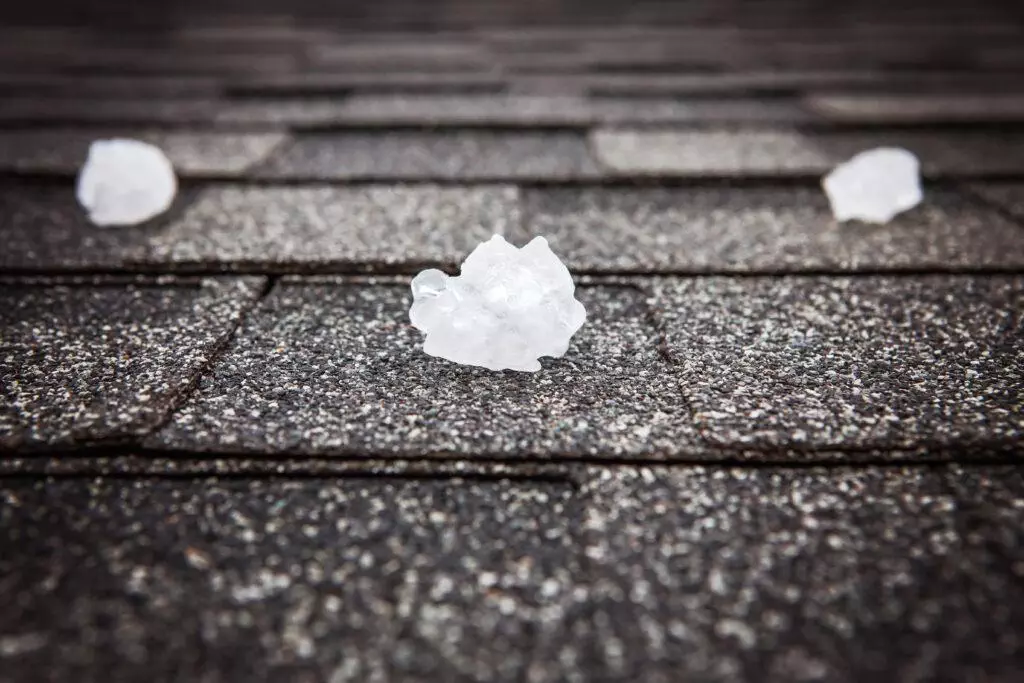Subtle Signs Your Roof Has Storm Damage

After a heavy storm passes, many homeowners breathe a sigh of relief when their roof appears intact. But just because there are no obvious signs of damage doesn’t mean your roof is in the clear. Storm damage isn’t always visible from the ground, and even small issues can lead to bigger, more expensive problems down the road.
One of the most common types of hidden damage is lifted or loosened shingles. Strong winds can slightly pull up shingles without fully tearing them off. This weakens the roof’s protective barrier, allowing water to seep underneath. Over time, this moisture can cause leaks, mold growth, and structural deterioration. While your shingles may look normal from below, a closer inspection might reveal misalignment or subtle lifting that signals potential trouble.
Another sign of damage is granule loss. Asphalt shingles are coated with tiny granules that protect them from UV rays and impact. After a storm, these granules can wear off due to heavy rain or hail. If you check your gutters or downspouts and notice an accumulation of sand-like debris, it could mean your shingles have been compromised. Without these granules, the shingles become more vulnerable to future damage and have a shorter lifespan.
Hailstorms can also leave behind hidden marks that aren’t always visible at first glance. Even if you don’t see dents or cracks, hail can cause bruising on shingles, weakening their structure. Over time, these soft spots can develop into leaks. Checking for subtle depressions or areas where the surface appears worn down is essential in identifying this type of damage.
Another overlooked issue is damage to roof flashing, vents, and other components. Storms can loosen or shift metal flashing around chimneys, skylights, or valleys, creating gaps where water can enter. Even small separations in these areas can lead to significant leaks, often going unnoticed until water stains appear on ceilings or walls inside the home.
Interior warning signs can also indicate roof damage. If you notice new water stains, damp insulation in the attic, or a musty odor, these could all point to a compromised roof. Storms can create tiny openings that allow water to slowly seep in, leading to mold and structural issues over time. Even if the roof looks fine from the outside, any interior signs of moisture should be taken seriously.
Given the hidden nature of some storm damage, scheduling a professional roof inspection after a major storm is always a smart decision. Roofing experts can identify issues that aren’t visible from the ground and provide necessary repairs before minor damage turns into a costly problem. If you suspect your roof has sustained any damage after a storm, contact us today for a free inspection!

